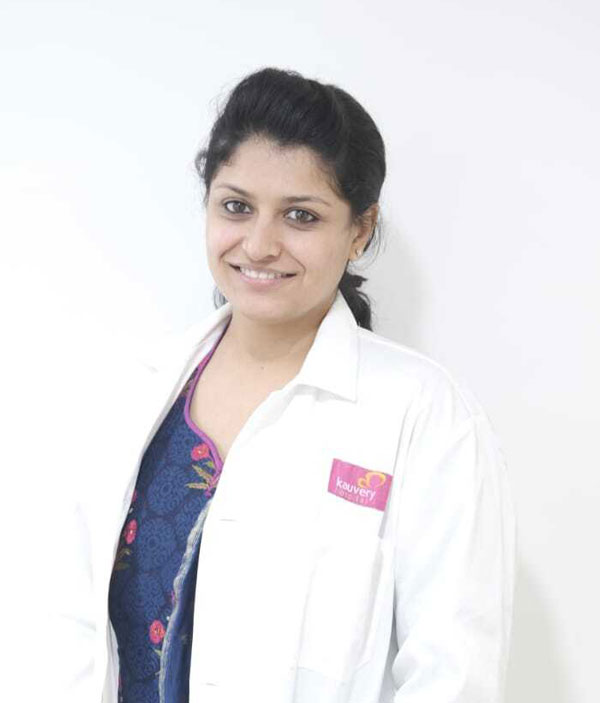Alterations in the Breasts During Pregnancy
Changes in the breast through various phases of life are normal, so how do we stay reassured about the changes that occur during pregnancy and breastfeeding?
Tenderness and discomfort in the breast are some of the earliest symptoms indicating pregnancy and can occur as early as 1-2 weeks after conception. Some may observe this sensation as a heaviness, soreness or tingly sensation within the breast. These changes start occurring due to the increase in hormone levels in the body that cause increased blood flow to the breast tissue. These symptoms may subside in the later stages of the first trimester and occur during the later stages of pregnancy.

It is important to remember that symptoms will vary from person to person and not everybody will develop the same symptoms.
As you go through the different trimesters, it is normal for your breast to go up a cup size or two. This growth can cause the breasts to feel itchy as the skin stretches and at times results in prominent veins that appear on the skin of the breast. Sometimes, along with increase in the breast size, the nipples also may look enlarged, swollen and more sensitive. The areolar which is the coloured circle around the nipple may darken and small bumps may appear on them known as the Montgomery tubercles. These glands are oil producing glands that promote easier breastfeeding.
Nipple discharge or early milk production is not uncommon and can start from the second trimester on but more likely when the breasts are stimulated. This discharge may be watery, milky or thick yellow in nature.
There are many ways to ease into the changes that occur in the breast during pregnancy. The most important being a well-fitted and supportive bra with wide straps, adjustable closures, cotton fabric and seam-free design near the nipple. Applying lotions and oils can help relieve the itching and tingling sensation. Reusable or disposable breast pads are handy if you are leaking from the nipple during pregnancy.
After delivery, some of these changes may persist during the initial stages of breastfeeding and subside eventually. Breastfeeding can be challenging but here are some tips to help you through.
If your breasts feel heavy, engorged and painful, it is a reminder for you to feed or to empty your breasts via manual expression or pumping. If you fail to empty your breasts at proper intervals, you may form milk pockets, blockage of the milk ducts and eventually an infection.
If you are struggling with blocked milk ducts, hot showers or hot packs, gentle massages and expressing helps open up the milk ducts.
Empty your breasts after a feed if your baby has not done so and ensure to address both breasts at each feed. This will help prevent infection brewing in the milk glands. Milk can be expressed or pumped into a sterile container, stored appropriately and fed back to the baby later on.
If you notice any redness on the breast that doesn’t go away with massage or expressing, consult a doctor to rule out an infection.
Lastly, remember that with every pregnancy and increased duration of breastfeeding you bring down your risk for breast cancer!

Dr. Kirti Katherine Kabeer
Consultant Breast Specialist and Oncoplastic Surgery
Kauvery Hospital, Chennai

